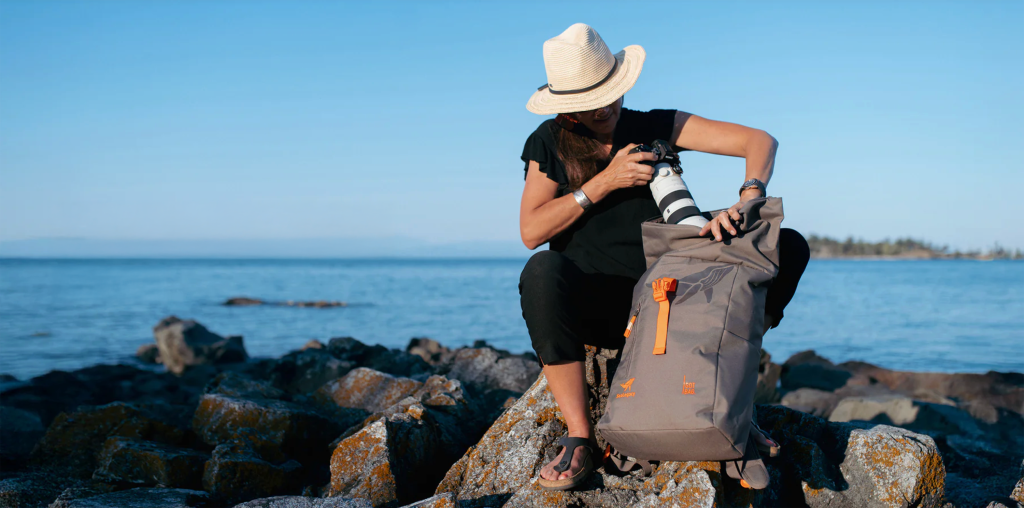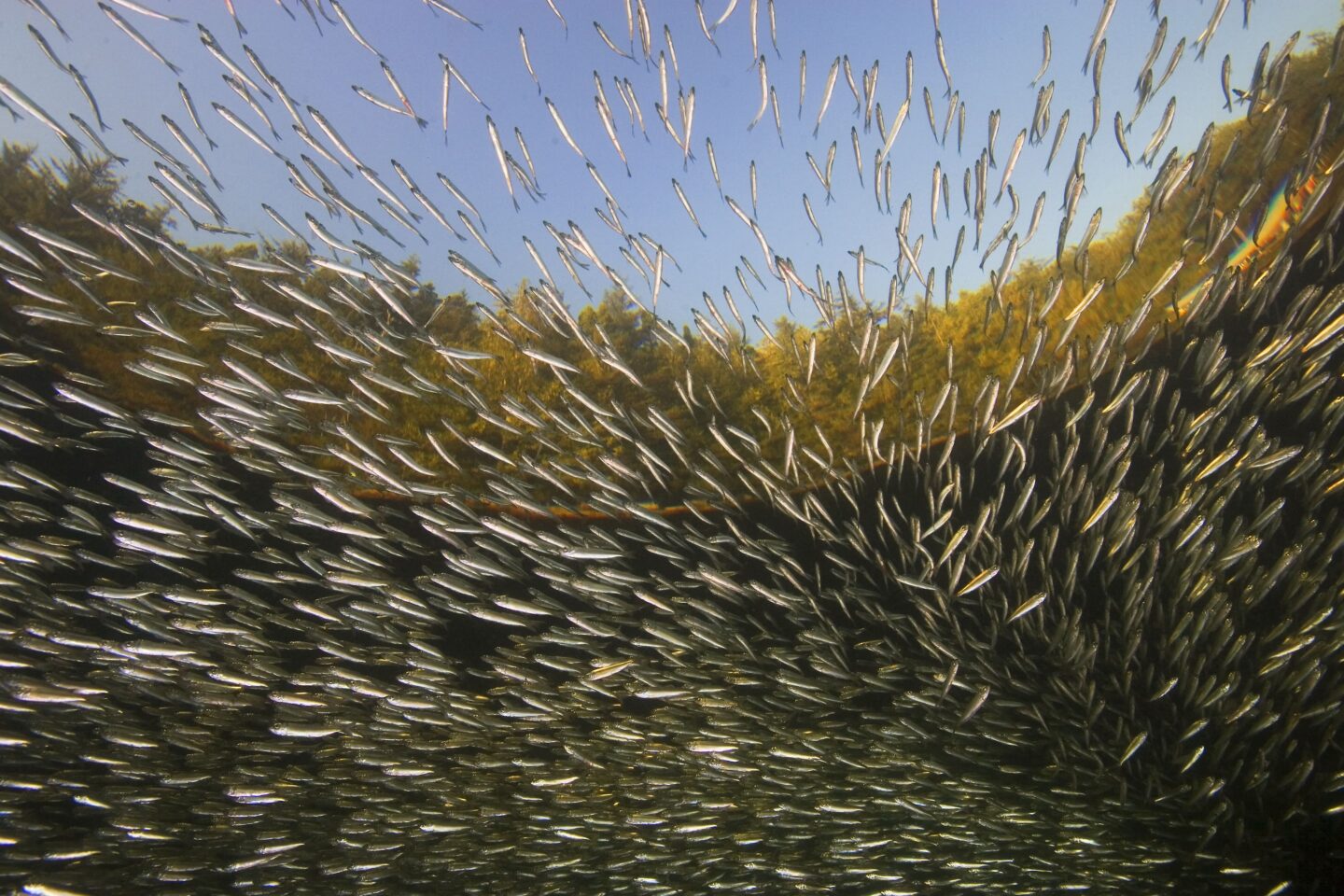By Cristina Mittermeier, originally published through Katie Couric Media in June 2025.
Sustaining what sustains us
As a kid, I wanted nothing more than to swim with dolphins. That’s how the dream began, at least, to become a marine biologist. There weren’t many paths for marine biology at my Mexican university back then, so I enrolled in the closest thing possible: fisheries science.
At the time, I didn’t realize those early studies would reveal just how destructive industrial fishing is. With all I had learned, I knew I couldn’t stand by while humanity destroyed the oceans.
 A fisherman dives in the shallow coral reefs to spear fish, Abrolhos, Calaveras, Brazil
A fisherman dives in the shallow coral reefs to spear fish, Abrolhos, Calaveras, Brazil
Oceans cover around 70% of our planet, regulating our climate, providing more than half of the world’s oxygen, feeding billions, and sustaining all life on Earth.
June was World Oceans Month, built around this year’s theme of ‘wonder: sustaining what sustains us.’ And while June is long gone, the work of sustaining the ocean must continue every day — starting with how we fish.
Industrial fishing is one of the biggest threats to our oceans, with many fish populations being caught at unsustainable rates. Bottom trawling is among the worst offenders, scraping entire seabeds clean with nets the size of football fields. The vast majority of what they capture is bycatch, including sharks, sea turtles, and other endangered species.
Imagine bulldozing a forest to pick a single apple. That’s bottom trawling.
Another core issue is that industrial fishing is often unregulated and plagued by corruption. Foreign vessels routinely fish illegally, especially in waters of poorer nations, and enforcement is nearly nonexistent.
But how does this translate to our plates?
Certifications like the Marine Stewardship Council (MSC) and Friend of the Sea (FOS) aim to guide us towards sustainable seafood consumption decisions. But even they are problematic. Their criteria for what they consider sustainable fishing is risky and flawed. MSC even certifies bottom trawling!
All of this is leading us on a dangerous path toward global-scale fisheries collapse. We’ve seen it happen before — like with the Atlantic cod fishery. Scientists raised the alarm for decades, but nobody listened. The Atlantic cod fishery finally collapsed in 1992 and hasn’t recovered since.
We haven’t learned our lesson. Scientists are now raising alarms about other major fisheries approaching collapse. We risk repeating history — only this time, on a global scale.

Marine conservation and fishing can coexist.
Last year, 30 leading ocean experts released “11 golden rules” for sustainable fishing. These go beyond outdated science and offer a more holistic vision that protects ecosystems, respects communities, and supports food security.
Artisanal, small-scale fishers have stewarded the ocean for generations. They use traditional, low-impact methods, and their communities depend on the long-term health of the sea. Supporting them means supporting sustainability.
We can live in harmony with the ocean. We can thrive from its bounty without destroying it. You don’t have to give up seafood to protect the ocean. But knowing where your seafood comes from absolutely matters — and that’s the first step toward sustaining what sustains us.




